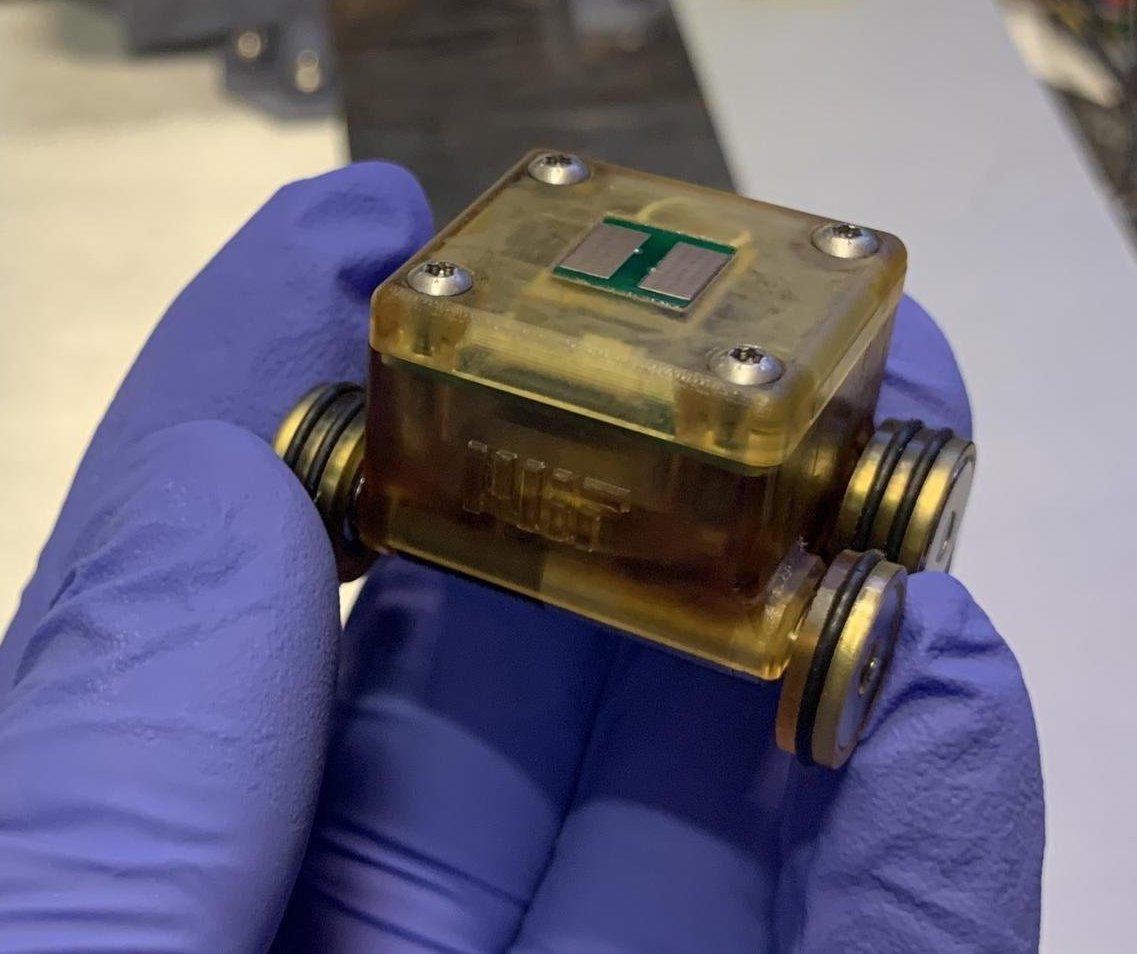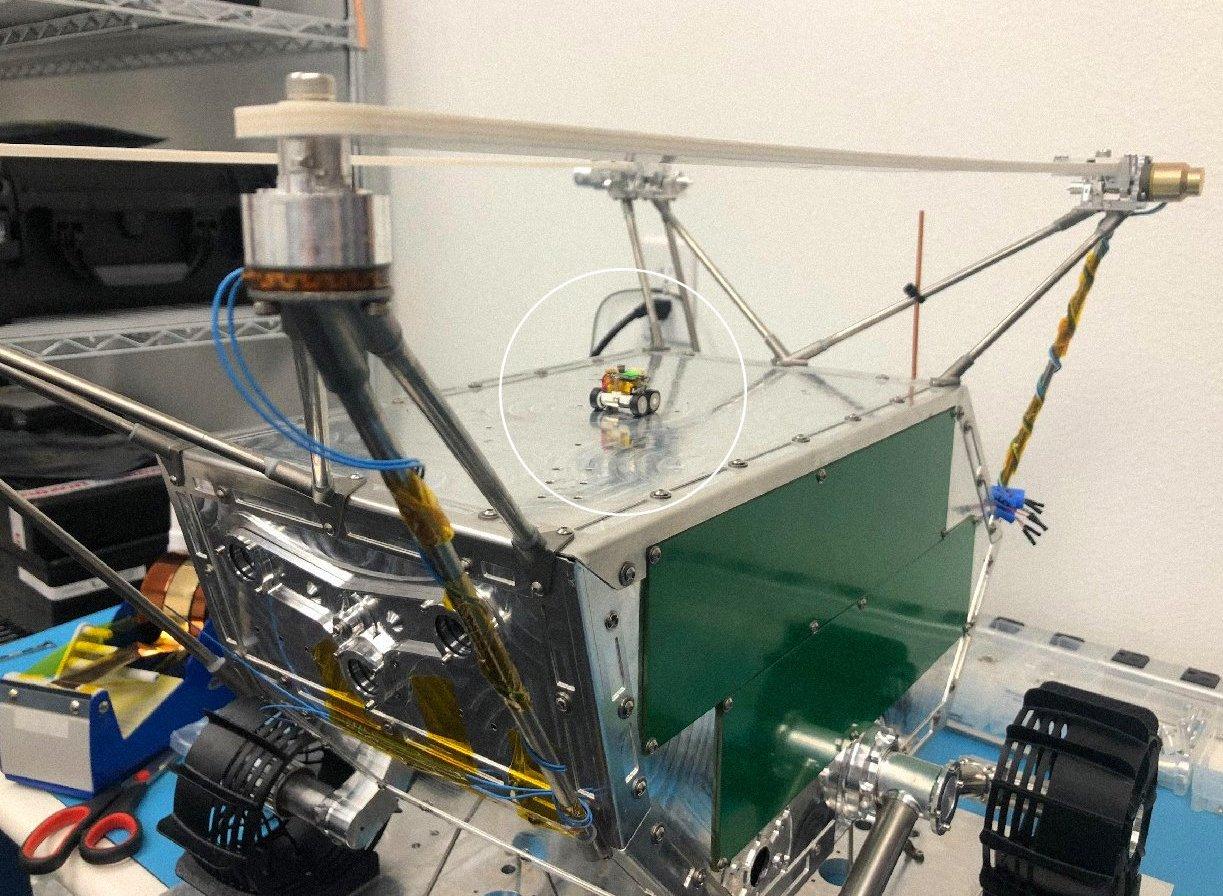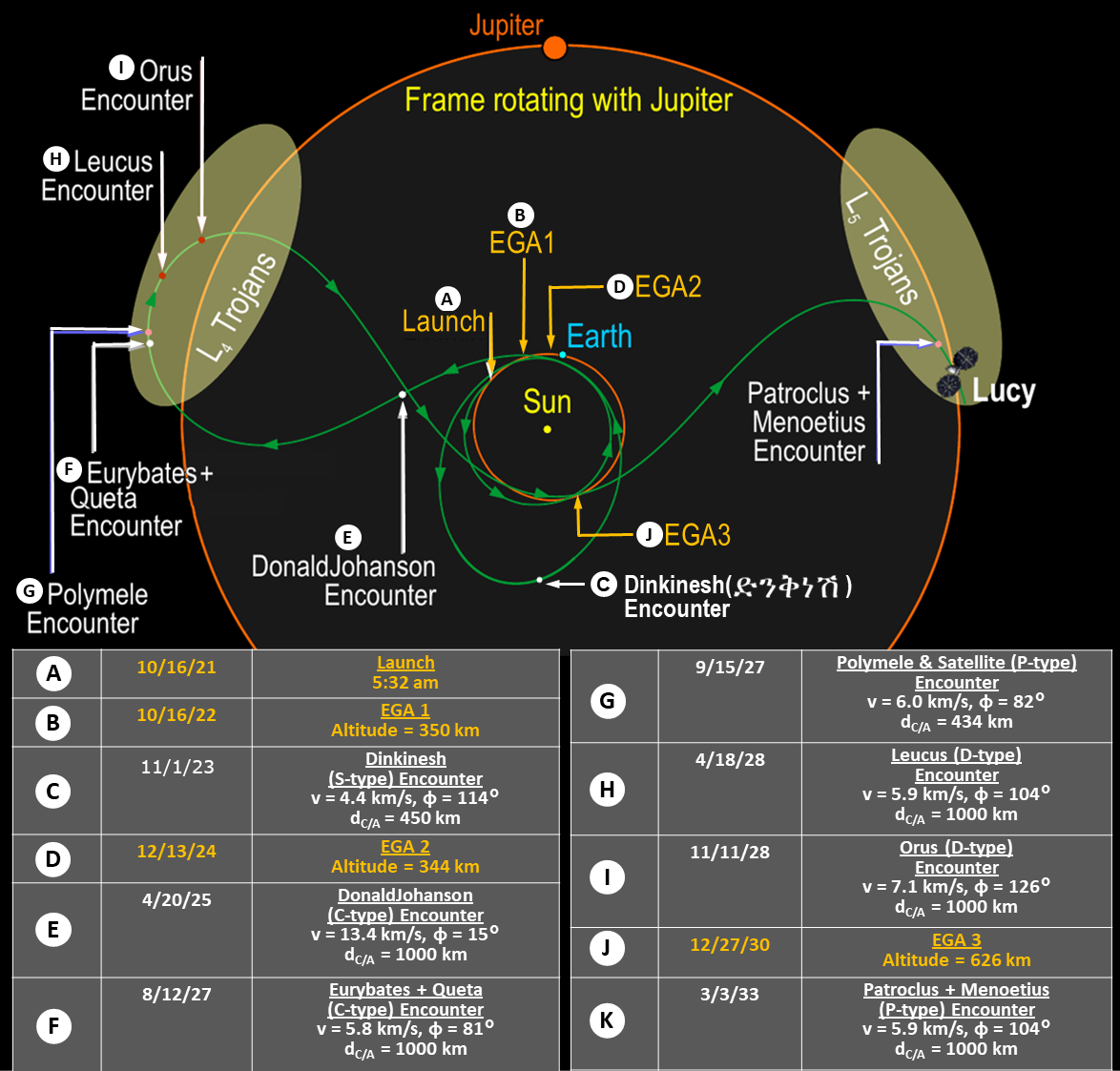Content Warning
Content Warning
Content Warning
Content Warning
Content Warning
Content Warning
Content Warning
Content Warning
Content Warning
Content Warning
Content Warning
Content Warning
Content Warning
Content Warning
Content Warning
Intuitive Machines' Athena lander is set to touch down on the Moon carrying the "Grace" Hopper robot, Yaoki 360° rover, and MAPP prospecting rover.
Plus a micro-rover, AstroAnt, that will ride around on top of the MAPP rover!
https://www.intuitivemachines.com/im-2 #space #science #nasa #tech


Content Warning
Content Warning
#ESA : #Asteroid danger explained https://www.esa.int/ESA_Multimedia/Images/2018/06/Asteroid_danger_explained
Content Warning
Content Warning
Close-up views of Donaldjohanson are coming April 20.
https://lucy.swri.edu/mission/Targets.html #space #science #nasa
Content Warning





